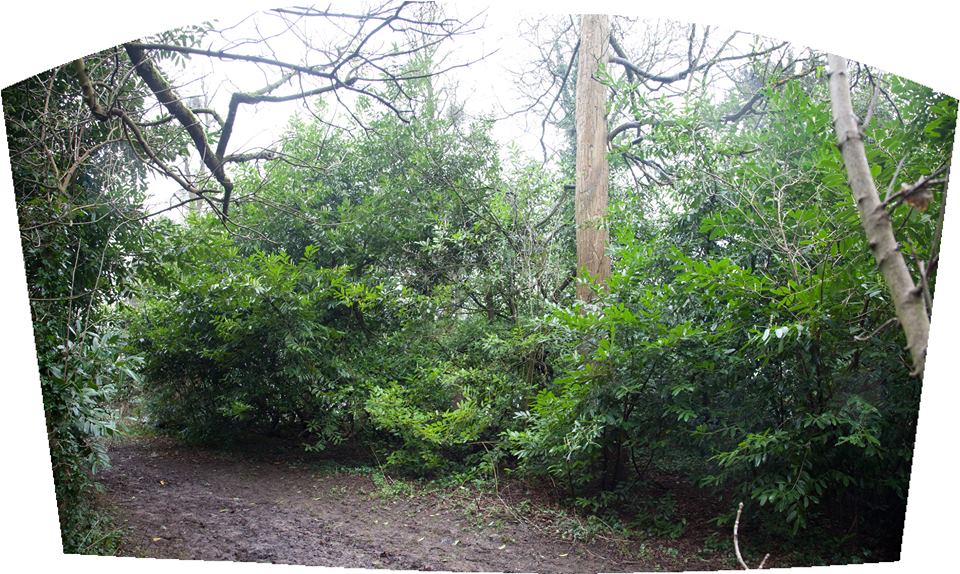Please be reassured…
KWAG appreciates that there is some concern locally about the felling of laurel in Penpole Wood. We do understand that the degree of change can be challenging, but we’d like to assure everyone that the work KWAG are doing is necessary for the future protection of the Ancient Woodland.
Over the last few months KWAG volunteers have been undertaking two projects directed by the Forestry Commission; Natural Spacing and the removal of Laurel. Natural Spacing is good practice to thin-out poor quality saplings to allow the best ones, and most importantly the existing mature trees, to thrive with less competition. It promotes growth and reduces the risk of disease.
Cherry Laurel is an invasive foreign plant, and has serious implications for the health of natural woodland; it suffocates all other competing native species by preventing light from reaching the forest floor. It also decays slowly leaving a cocktail of toxins in the soil that retard the growth of other trees and ground cover.
It’s also on the Dogs Trust list of poisonous plants for dogs.
Although laurel’s been present at Kings Weston for centuries, introduced as an ornamental shrub, it’s now run wild, threatening the nature, fabric, and diversity of the Ancient Woodland; as such it needs to be removed.
Although it will look bare for a short time, especially now in winter, the removal of the laurel will allow the forest floor to regenerate naturally with native trees and undergrowth; That it looks so bare right now is largely because the laurel has already suffocated everything at ground level.
The process will ensure the survival of the Ancient Woodland for future generations, ultimately increasing the diversity of woodland habitat and species.
The majority of the feedback we’ve had has been resoundingly positive, but we appreciate the loss of familiar thickets will upset some people. Please be assured that KWAG are working to a brief defined by the Forestry Commission, and supported by Bristol City Council, and that the work is designed to save Penpole Wood from permanent decay, not to damage it.
You can read more about Bristol’s Biodiversity Action Plan for woodlands, and the benefits of re-opening the forest floor to native growth here:
https://www.bristol.gov.uk/…/369f1561-116b-40d0-8cf9-50eaa6…


